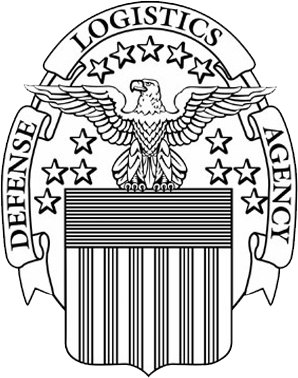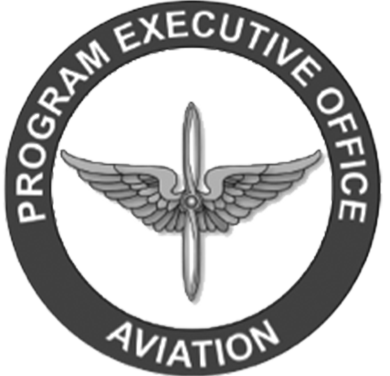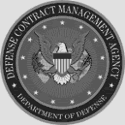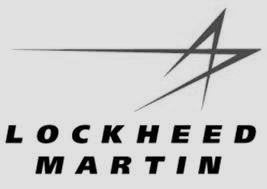Hello! My name is Steve Floyd, Shop Foreman at InterConnect Wiring. Today we’re going to be talking about how to plug a connector on an F-16 cockpit panel.
Wiring Harnesses – Aircraft Rewiring – Cockpit Panels – Console Wiring
In this video we’re going to be talking about how to correctly plug a connector that will eventually be installed in an F-16 cockpit panel. Prior to that, we want to crimp our contacts onto the bare conductor of all wires that we removed the insulation from. I already went ahead and done the first five, so that way we can see one in the process, before we plug our connector.
The first thing we want to do is align our contact barrel with the open conductor of the wire. That should line up flush with the contact barrel. Our crimp tool is a standard N22520/1-01, with our positioner being a 1-04. The settings on this tool are extremely important because it determines the depth at which the teeth are going to crimp the contact barrel. We have our setting on red, which is 20-gauge. That’s going to fit the contact barrel in order to make a proper crimp.
The crimp tool settings on this tool are extremely important. We have our red 20-gauge setting and we also go, based off of this chart here, on the position of the tool. We want to make sure that it’s the correct setting to crimp the contact at an adequate depth, so that way, that contact barrel doesn’t come off the wire while in flight. We’re going to insert our contact into the tool’s barrel and squeeze the handles together. This is a ratcheting-based tool system, meaning you have to squeeze the handles all the way together in order for it to release. Once it releases, then you can verify and inspect your contact to be sure that it meets the adequate requirements for the engineering and manufacturing of F-16 wiring harnesses.
The next step is going to be plug the contact into the connector cavities. Each of these connector cavities are designated with either a letter or a number. That’s extremely important for continuity and electrical integrity of a wiring harness. We’re going to start first by using our insertion and extraction tool. Line the wire up into the insertion side of the insertion tool. This is going to be the red side of the insertion tool. For this example, we’re just going to go ahead and install it into a connector cavity. You want to start with a little leverage on the insertion tool so that way not to damage the wire or subsequent contact. Press firmly down, then remove the insertion tool. You’re going to want to pull on that wire, but not too hard, with your index finger and thumb to be sure that it locks into the connector cavity. Here’s an example of what the connector looks like when all the contacts are plugged into each corresponding connector cavity.
The next thing we want to do is verify that each of those contacts were, what we call “seated”, in the connector cavity. We start by rolling it around and looking and verifying and making sure that those contacts are seated, and we’re going to do one final pull check to verify that each of those contacts are in-fact seated in its respective cavity.
Here’s a completed product of what we just terminated on our cockpit panel. It’s built for the heads-up display for the pilot in the aircraft.
Thanks for watching and tuning in. We are InterConnect Wiring. Be sure to check out our website for more future VLOGS and updates.



























